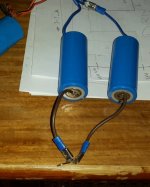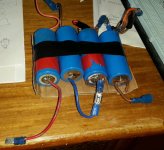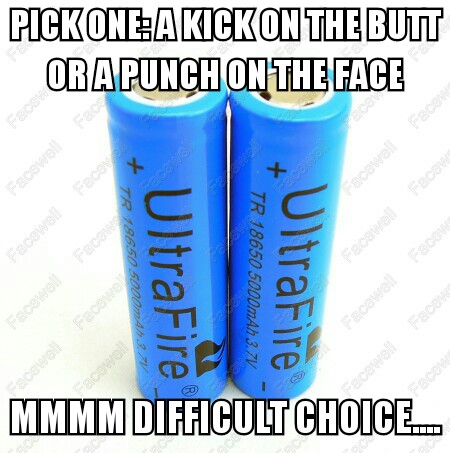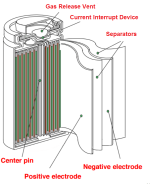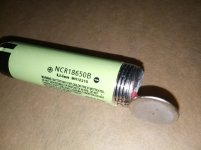999zip999
100 TW
The art of soldering with 80watt, 100 fat tip.
1. File, clean and tin the tip.
2. Pre tin wire, buss bar. Just a small touch of flux.
3. Lightly flux cell apply iron then apply damp sponge. Can be on a third hand above cell or spring loaded. Maybe foot activated sponge on a stick.
Light on flux. Use gasket on pos end ( before) . Careful of cold solder joints.
1. File, clean and tin the tip.
2. Pre tin wire, buss bar. Just a small touch of flux.
3. Lightly flux cell apply iron then apply damp sponge. Can be on a third hand above cell or spring loaded. Maybe foot activated sponge on a stick.
Light on flux. Use gasket on pos end ( before) . Careful of cold solder joints.


